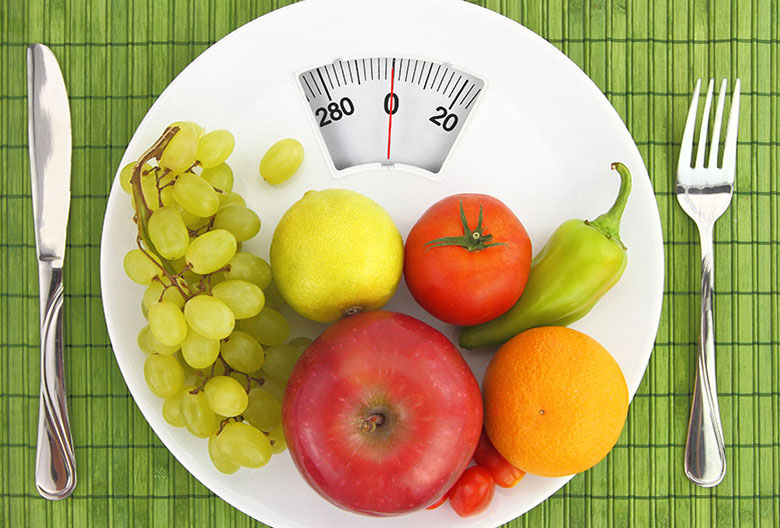- We live in a world where the energy of the food supply most frequently exceeds that of the opportunities for energy expenditure through physical activity.
- Energy requirements actually change as weights change so it takes increasingly more exercise and reduced intakes to continue weight loss over time.
- Eating a healthful diet that includes plenty of vegetable oils, fruits, vegetables, fish, and nuts, is more important than the percent of constituents…this is “mindful” eating and is fundamental to good health — the ultimate goal.
Overweight or obesity is much more than cosmetic. Health risks make attention to what and how we eat a critical part of the healthy lifestyle. Overweight status is a powerful factor affecting many aspects of health including: blood pressure, blood sugar, heart and cancer risks, gall bladder disease, sleep apnea and arthritis. The condition called insulin resistance is very responsive to nutrition and relates to prediabetes and type 2 diabetes. About half of Americans over age 20 have this condition.
“Mindful” eating includes some attention to the following:
Facts and figures
The “3500 kilocalorie rule” that one pound of weight can be equivalent to 3500 kilocalories of dietary excess or deficit is a myth: the fact is its more complicated and any change in weight will also alter the body’s energy requirements. In other words, as you lose weight it will take more effort to continue to lose additional weight.- Eating breakfast prevents obesity may not be true, two recent studies showed no effect of eating compared to skipping breakfast.
- For overweight children, involving the family and home environment in weight-loss efforts is ideal.
- Providing actual meals or meal replacements works better for weight loss than does general advice about food choices.
- Both weight-loss drugs and bariatric surgery can help achieve long-term weight loss in some individuals.
- Diets do produce weight loss, but attempting to diet and telling someone to diet is not necessarily the same thing.
- Physical activity does help in promoting weight loss and has health benefits even in the absence of weight loss.
- Empty calories are typical of “junk” foods with low nutrient density and high caloric density.
- The major sources of calories in American diets come from: desserts (grain-based and dairy), sodas, pizza, chips, and burgers.
- Junk foods (low nutrient density) are less expensive than fruits and vegetables.
- Larger portions contribute to obesity
- “Portion distortion” is a new term created to describe this perception of large portions as appropriate amounts to eat at a single eating occasion.
- Just one 60 calorie cookie per day is roughly equivalent to 0.5 lb weight gain per month.
- Calorie “detractors” are food industry “health and nutrient” label claims. The healthy “halo effect” causes a calorie misperception. For example: potato chips with added “heart healthy” omega-3s or “low fat” may be misinterpreted as “healthy” and implies a healthier and often “low calorie”choice which may be blatantly misleading.
- The organic label carries a “halo effect” that greatly influences perceptions. Examples such as cookies and yogurt with organic label are perceived as healthier choices with fewer calories and worth nearly 25 per cent more than non-organic.
- It is easier to gain weight than lose it.
- It is easier to lose weight than to keep it off.
- The food environment encourages overeating; in fact, our environmental can promote as much weight loss as even the best weight-loss drugs. Beware of the following: the proximity of fast-food restaurants to schools, proximity of vending machines in schools, and shear number of food sources: 96% of pharmacies, 94% gasoline stations, 22% of furniture stores, and 16% of apparel stores sell food.
Categories: Improve Your Health You Are What You Eat

